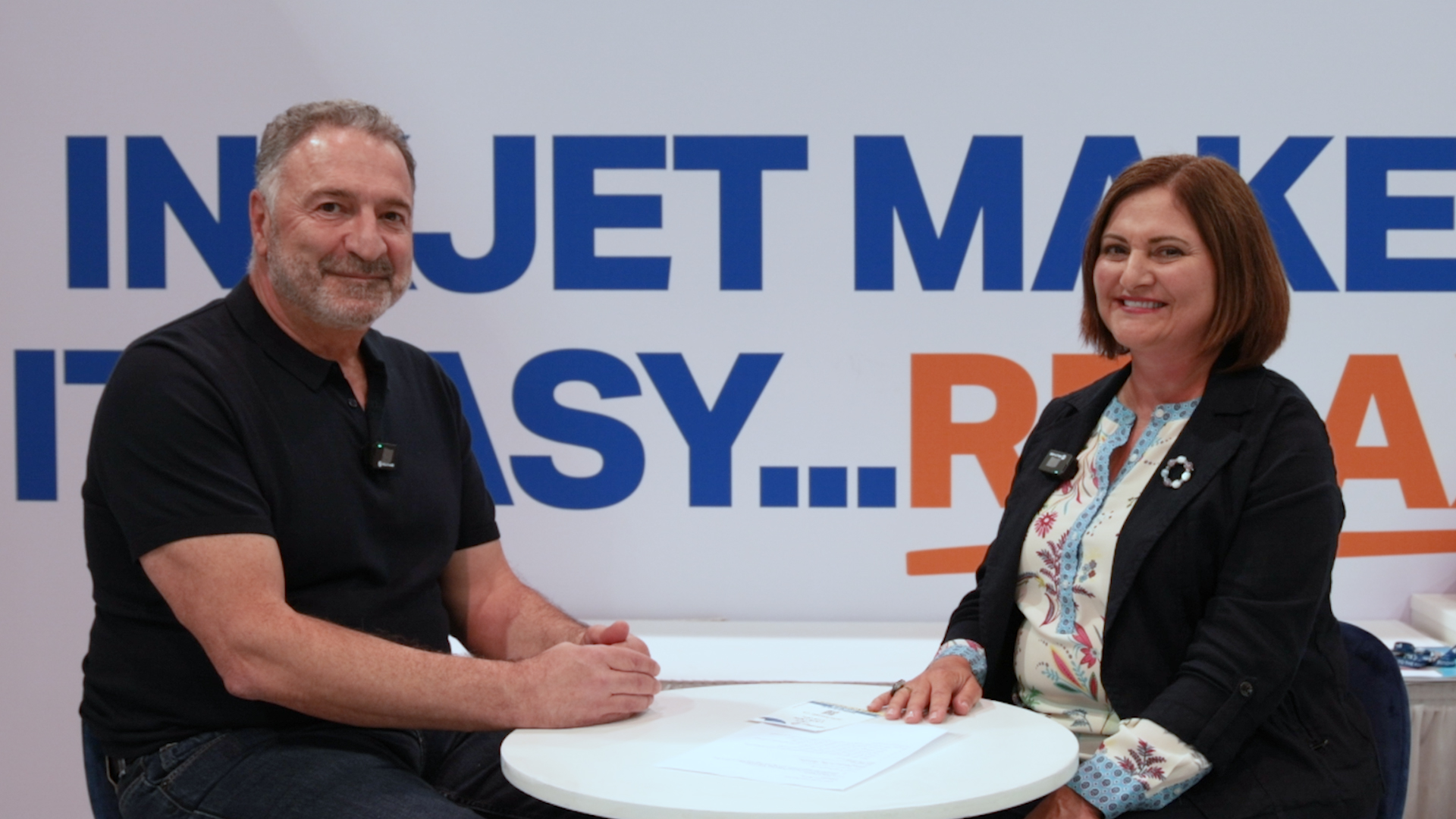(Watch Lois Ritarossi’s video interview with Joe Maloy, President and COO of Polaris Direct, here.)
At the recent Hunkeler Innovationdays conference, I spoke with several print service providers who shared their goals for growing and evolving their print and mail businesses. They also talked about challenges in production and how they are approaching new investments. The conversations brought to light three themes driving investments: innovation, workflow optimization and partnership.
Print mail providers I interviewed included:
- Paul Hamilton III, Owner, PMSI
- Kent Larson, CEO, Bridgeport National Bindery
- Joe Maloy, President, COO, Polaris Direct
- Taylor Blackwell, President, Walker 360
- Scott Braunstein, Senior Vice President, Data Mail
Next Level Innovation
Hunkeler’s theme was “next level innovation.” The attendees I spoke with were seeking innovation and solutions to lead their customers. Braunstein said their clients wanted new ways to improve time to market and the increased flexibility with digital solutions. Hamilton indicated that PMSI was expanding services so print content could be repurposed across other channels with digital re-targeting. He was investigating Screen’s HD inks which provide offset like image quality. PMSI’s plan is future investment in the next level inkjet to eliminate offset shells for direct mail.
In the book market, Larson said their new solutions are leveraging new software tools in their end-to-end processing. The book industry for self-publishing is moving to reduce inventory management to manufacturing and shipping for orders of one. Automation is driving their investment decisions as time is the highest-value commodity to get finished books in the hands of customers.
Polaris, PMSI and Data Mail had multiple people attending the show so they could spend time with exhibitors and explore and understand the benefits of new technologies. Their goal was connecting innovations with new solutions for their customers. Several attendees stated their focus was on workflow automation from order processing, through printing, finishing, and shipping.
Workflow Optimization
Blackwell said they made the big leap to continuous-feed inkjet in 2019 which was a steep learning curve. They reengineered their production process from prepress to shipping to manage rolls to finished products. Now they are focused on meeting client demands by investing in finishing automation to speed up time to market. While many jobs are more complex with data and versions, automation and the elimination of touches is driving improvements in their process.
Walker 360 decommissioned their last offset press in 2022 by embracing digital and inkjet technologies. Blackwell said the company instituted a culture of continuous improvement with each employee striving to be 1% better every day. This has created individual accountability with every step in the workflow and production process. With management alignment around being 1% better, employees are contributing more ideas and suggestions to simplify and improve processing. This cultural shift is producing results for Walker 360.
Braunstein and Maloy indicated they were impressed with the number of exhibitors showing solutions to reduce labor and improve workflow efficiency. With ongoing labor challenges, many attendees spoke of the need for new solutions in advanced automation. Improvements in finishing equipment have dramatically reduced the learning curve for new operators. Maloy said they were delighted that Standard Finishing is providing solutions where a new operator can successfully run equipment with only 6 hours of training.
Where Did the Labor Go?
PMSI, Data Mail and Polaris Direct said they continue to have challenges with staffing for production and IT roles. Hamilton also said many clients lack sufficient IT resources and are looking for his company to fill in the gaps for data and IT support. The pandemic demonstrated significant issues with disaster recovery (DR), and business continuity providers. Many DR service providers were unable to meet their contractual obligations to provide support. PMSI is planning to turn one of their hot DR sites into a full production facility to meet client demands for service level agreements and reduce risk.
Partnerships Matters
The most consistent statements from the interviewed attendees were the importance of their strong partnership with Screen. Several stated that Screen was an excellent partner. Print providers acknowledged that Screen’s sales, service, and product teams listened to their concerns and are providing new solutions that address their challenges. Interviewees stated that Screens’ technology and support provides tremendous quality and flexibility to increase the value to end customers.
Based on current success with Screen’s devices, the print providers are looking at new equipment from Screen with improved ink sets, image quality, and finishing integration. Maloy stated that Screen’s commitment to expanding substrates and support of plain paper has a large impact on their cost models.
A key driver to Screen’s customers’ high level of satisfaction is based on Screen’s ability to solve challenges throughout their production process. Making an impact far beyond print.
Print providers are looking for innovation and workflow optimization. And those attending trade shows acknowledge that strong partnerships are the foundation for strategic growth.








